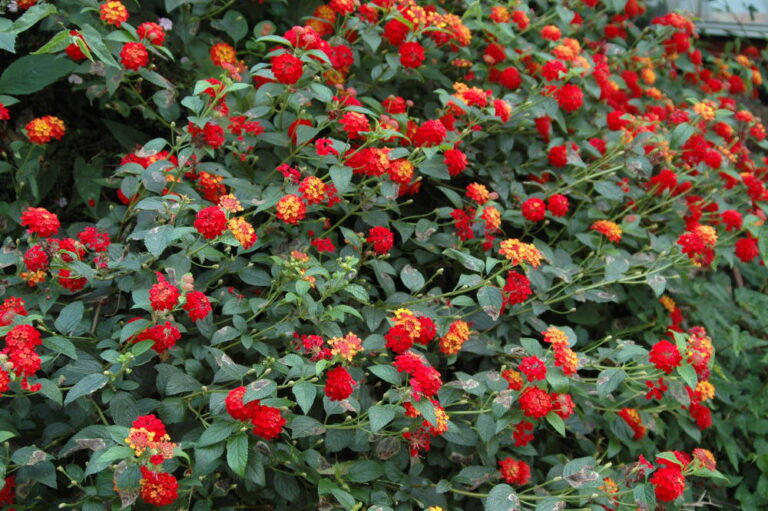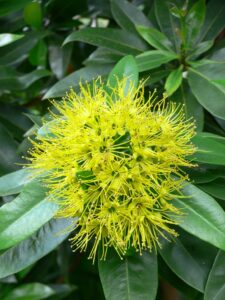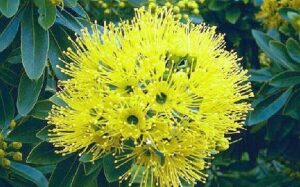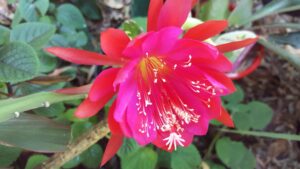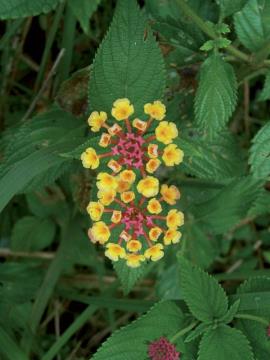
Lantana could perhaps be described as being Australia’s most debilitating invasive introduced weed.
This shrub is native to Central and South America and readily grows into thickets. An ornamental garden plant, introduced into Australia around the 1840s, it quickly escaped domestic cultivation and within twenty (yes, 20) was established in the wild. By this time it had naturalised in the Sydney and Brisbane areas.
This once-innocent garden plant has since escaped and thrived under the favourable tropical, sub-tropical and temperate conditions of eastern Australia.
Lantana was first declared noxious around 1920 and by the 1950s it had spread over more than 1600 kilometres of the eastern seaboard of Australia. Now within Australia, it has invaded at least 4 million hectacres.
Lantana occurs in most coastal and eastern escarpment areas from Narooma to Far North Queensland. It thrives in warm environments with high rainfall where the weed grows along forest edges, penetrates disturbed rainforest and invades open eucalypt woodlands and pastures.

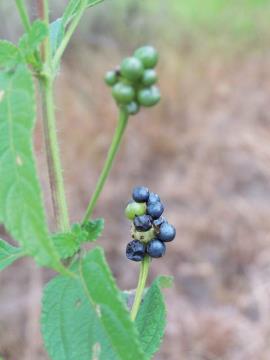
All forms of lantana are thought to be toxic, with the red flowering forms being the most dangerous. It is toxic to both animals and humans and can cause serious illness and death. All parts of the plant, particularly the green berries are poisonous if ingested, causing vomiting, diarrhoea, muscular weakness and respiratory distress. The plant material itself, is also a skin and eye irritant.
Germination can be year round but peaks after summer rains. Plants mature in one year, but they must complete one whole season before seeding. Vegetative spread can produce dense thickets. In warm and humid areas (like our Coffs Coast) lantana can flower and fruit almost year round, as long as soil moisture is maintained. A single plant can produce up to 12,000 fruit each year which are succulent, one-seeded drupe or berry about 6-8mm in diameter. These develop in clusters and consist of aggregate, fleshy segments that are green at first and then turn a shiny, dark purple-black when ripe.
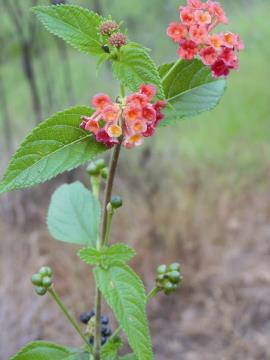
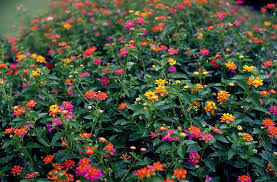
It can survive dry periods by dropping its leaves, but once there is a good rain event it will re-shoot from the base of the stem. Flowers are of variable colours, including red, yellow, orange, pink, purple and white, depending on type, maturity and location.
Birds and other animals disperse seed. Stems will sprout when in contact with soil and seeds remain viable for 2-5 years!
Control – this is where you put the back brace on…… you can hand-pull and chip out roots or if that is not possible, cut and paint with 100% glyphosate.
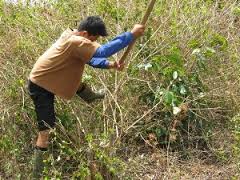
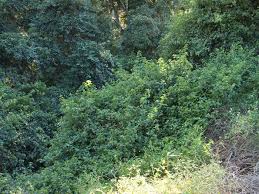
A thicket in the bush – these can be so dense they are completely impenetrable.
For a segment and article from Gardening Australia, please visit this site where John Patrick reports on this invasive weed.

